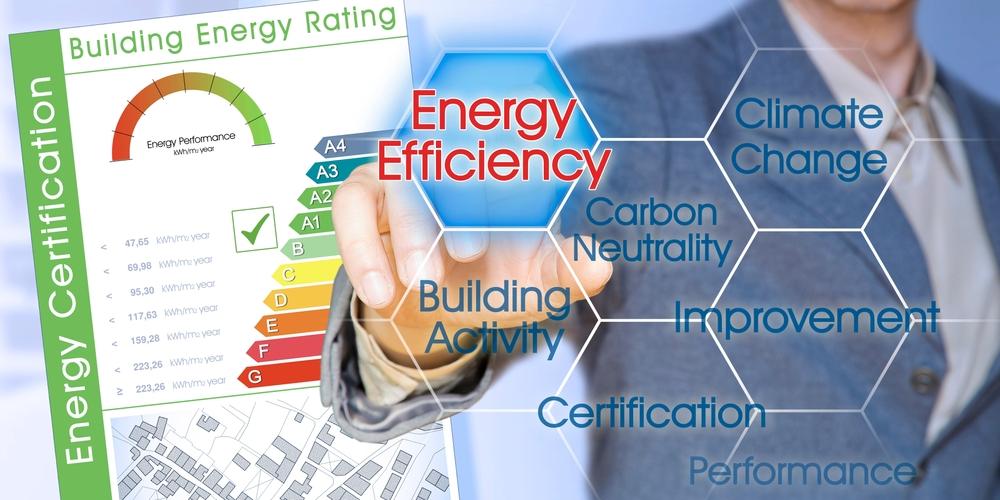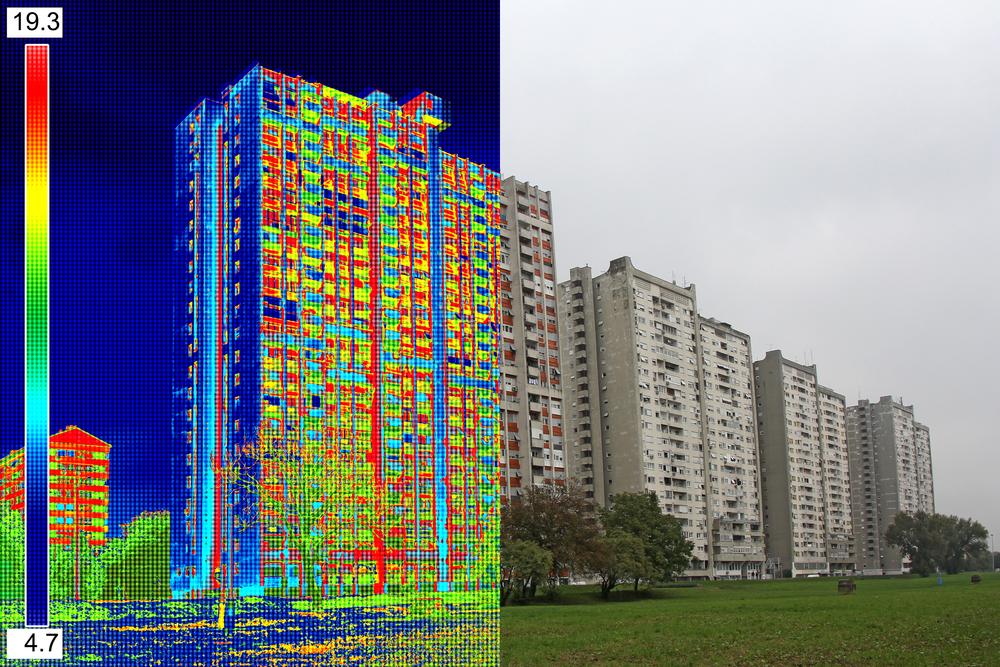Los Angeles, known for its iconic Hollywood sign, bustling streets, and beautiful beaches, is also on the cutting edge of environmental policy – particularly when it comes to energy management. At the forefront of this initiative lies a critical and innovative practice: **Los Angeles Energy Benchmarking**. This process is at the intersection of regulatory frameworks and technological advancements, striving to create a sustainable future for one of the world’s most influential cities. This blog post will navigate through the layers of energy benchmarking, exploring its significance and the way it shapes policy and technology in the realm of energy efficiency.
I. Introduction
The significance of energy benchmarking in Los Angeles cannot be overstated. In a city where the energy demand is as immense as its cultural influence, implementing strategies for energy efficiency is not only beneficial – it’s essential. The convergence of policy and technology through Los Angeles Energy Benchmarking initiatives represents a strategic approach to ensuring a more sustainable urban future. It’s about setting a precedent for energy efficiency, resource management, and policy innovation that other cities can look to for inspiration.
II. Understanding Energy Benchmarking
Energy Benchmarking is the practice of measuring a building’s energy use and comparing it to past performance or to other similar buildings. This proactive approach is a cornerstone of energy efficiency, allowing for informed decisions about where and how to reduce energy consumption, improve operations, and cut costs.
It works by gathering data on electricity, gas, and water usage, which is then organized and analyzed to understand consumption patterns. The data becomes a resource for setting realistic performance goals, prioritizing investments, and tracking the success of energy efficiency measures.
III. The State of Energy Benchmarking in Los Angeles
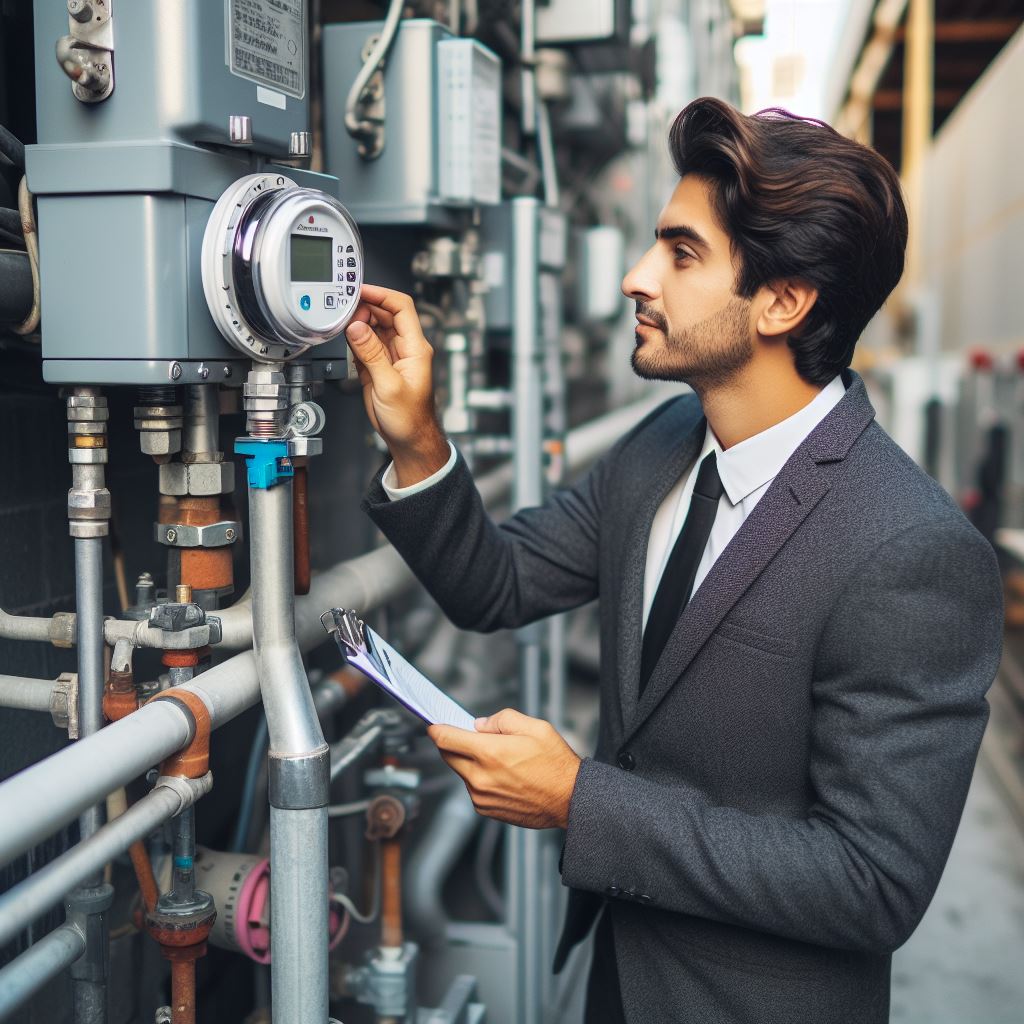
Los Angeles is not only a sprawling metropolis but also an epicenter of diverse and extensive energy use. Recognizing the impact that buildings have on overall energy consumption, city officials have implemented critical energy benchmarking policies that require buildings to annually measure and disclose their energy and water usage.
The role of technology in this process is pivotal. With advancements in Energy Technology such as smart meters and smart grid technology, the accuracy and ease of collecting energy data have greatly improved. Building owners now have access to sophisticated **energy management** systems that allow them to not only comply with these regulations but utilize the insights gained to make impactful changes.
IV. Intersection of Policy and Technology in LA’s Energy Benchmarking
Policy and technology form a symbiotic relationship within the sphere of energy benchmarking in Los Angeles. Policies like the EBEWE program set the stage for requirements and standards, directly influencing the development and adoption of energy technologies.
Conversely, the emergence of new energy management platforms and devices shapes the policies themselves by demonstrating what is possible. For instance, technology has proven that real-time energy data can be effectively captured and used to make immediate adjustments in building operations, thus influencing policy toward more rigorous and timely reporting requirements.
V. Case Study: Los Angeles’ Existing Buildings Energy and Water Efficiency (EBEWE) Program
A prime example of Los Angeles’s dedication to combining policy and technology is the EBEWE Program. It requires existing buildings to conduct energy and water audits and retro-commissions to meet efficiency targets.
The program employs sophisticated technology to gather data, which is then used to drive policy enforcement and development. Through EBEWE, Los Angeles not only sets benchmarks but also ensures that these benchmarks are met with the help of technology, thereby creating a cycle of continuous improvement.
VI. The Impact of Policy and Technology on Energy Benchmarking

The coupling of policy and technology in energy benchmarking has had a substantial impact. It has driven down energy consumption and fostered a new culture of sustainability within the city. The repercussions extend beyond environmental benefits—there are significant economic incentives as well. Building owners who comply with benchmarking regulations often see a return on investment through reduced operating costs.
Furthermore, these initiatives have social implications: by promoting a healthier environment and raising public awareness about energy consumption, they contribute to a more informed and engaged citizenry.
VII. Future Trends: Policy and Technology in Energy Benchmarking
The future of energy benchmarking in Los Angeles is poised to be shaped by cutting-edge developments in technology such as artificial intelligence, machine learning, and the Internet of Things (IoT). These will offer even more detailed and actionable insights into how energy is used, potentially leading to policies that are even more impactful in reducing consumption.
We can also expect to see a shift in policy as it adapts to these advancements. Policies may evolve to leverage real-time data, pushing for more immediate responses and more dynamic energy management strategies.
VIII. Conclusion
Los Angeles’s energy benchmarking efforts represent a harmonious blend of policy initiation and technological innovation. As the city continues to progress on its journey toward sustainability, it provides a case study for other cities worldwide. Embracing the intersection of policy and technology is essential for enhancing energy benchmarking initiatives and, by extension, for fostering a sustainable future. In the end, the collaborative efforts of policymakers, technologists, and citizens will be instrumental in shaping the energy landscape of tomorrow.
The importance of this intersection cannot be overstated. As Los Angeles continues to move forward, it is up to all stakeholders—policymakers, technologists, and the public—to ensure its success. The potential benefits are vast, and the call to action is clear: engage, collaborate, and innovate for a greener, more energy-efficient world.
VertPro.com serves as a resourceful platform for property owners and managers seeking to enhance their buildings’ energy efficiency. The site offers a range of services, including Commercial Energy Audits, Benchmark Compliance consultancy, and a Construction Marketplace. At the heart of VertPro® is a suite of SaaS technology-based solutions designed to assist in navigating the complexities of Energy Benchmarking and Energy Audits/RCx Plus, while ensuring adherence to over 60 Energy Benchmarking and Energy Efficiency Laws across the country.
For those looking to improve their property’s energy usage and operational value, VertPro.com provides a diverse array of tools and information. The site aims to facilitate a better understanding of energy efficiency practices and legislation, helping building owners and property managers make informed decisions about their energy strategies while complying with all energy ordinances and laws.







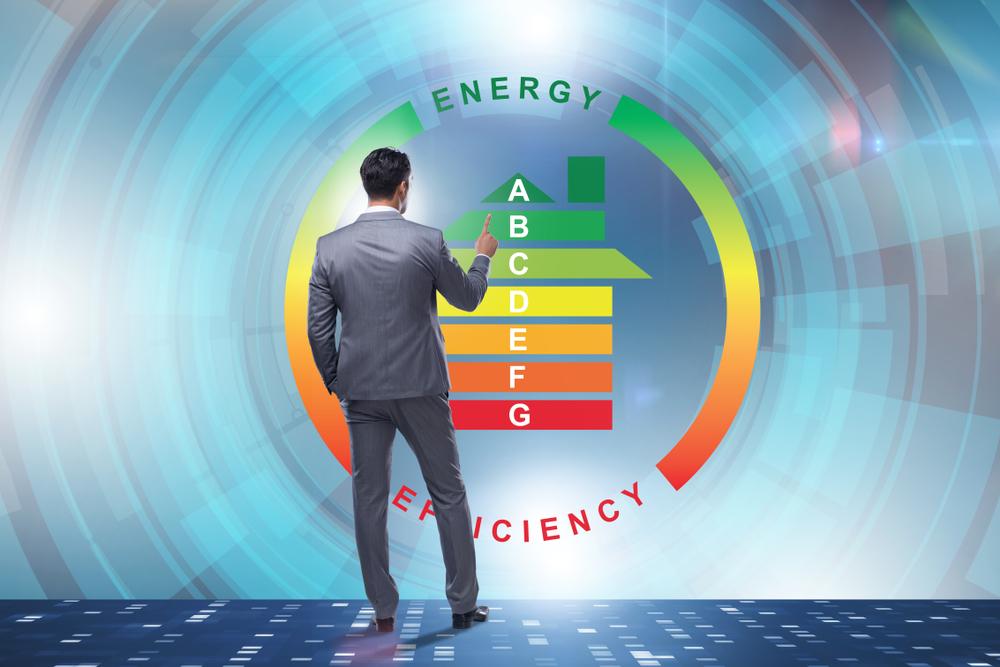
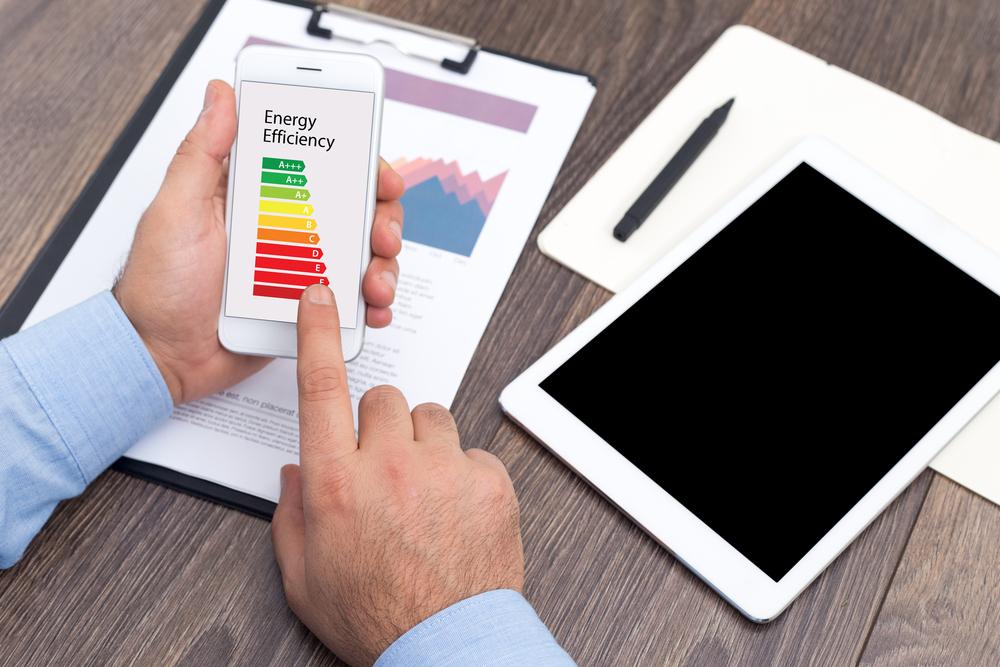

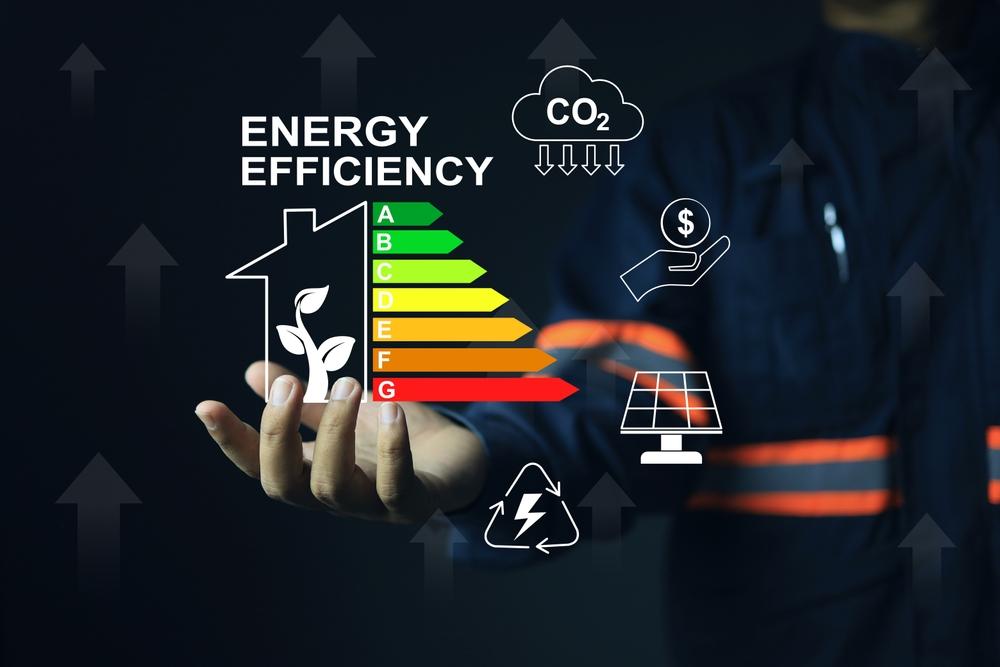

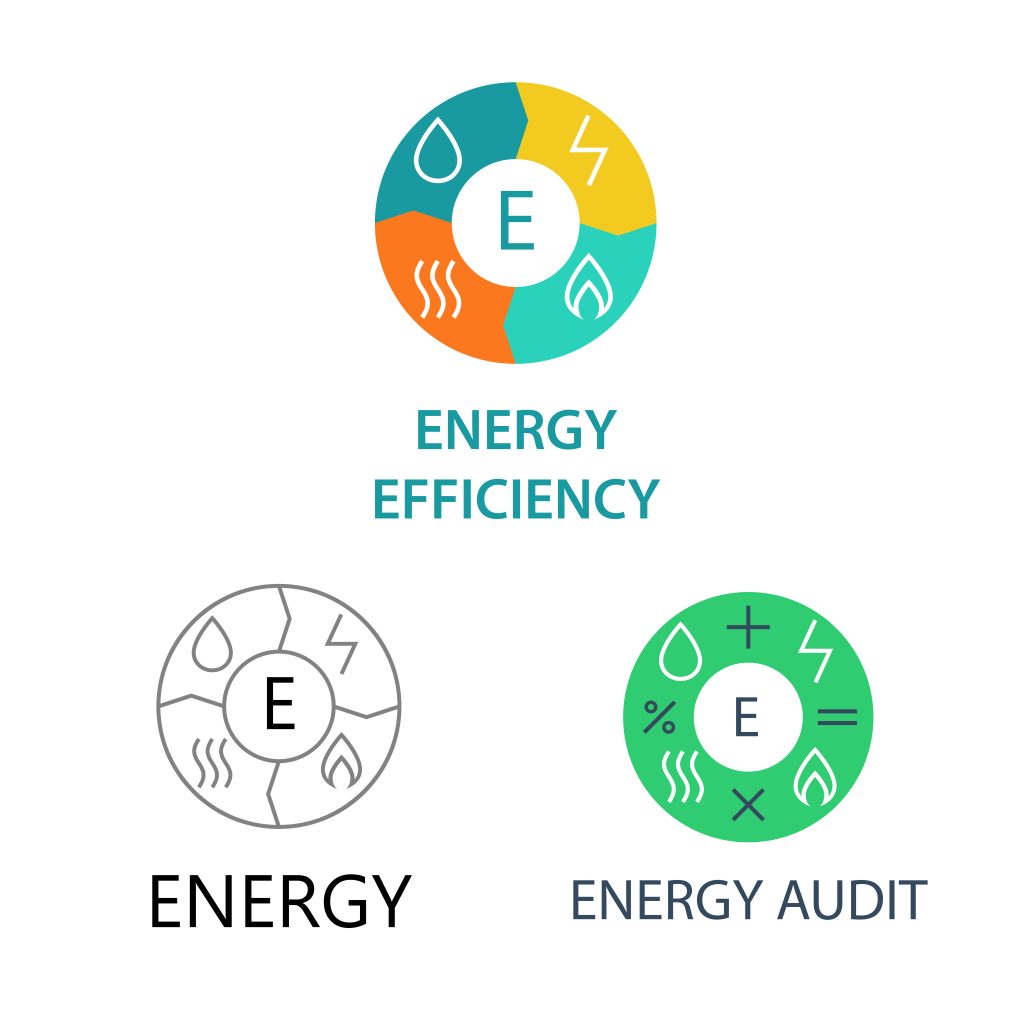 Lighting accounts for a significant portion of a building’s energy usage. Replacing inefficient lighting technologies with energy-efficient options, such as LED bulbs, can result in significant energy savings and improved lighting quality.
Lighting accounts for a significant portion of a building’s energy usage. Replacing inefficient lighting technologies with energy-efficient options, such as LED bulbs, can result in significant energy savings and improved lighting quality.